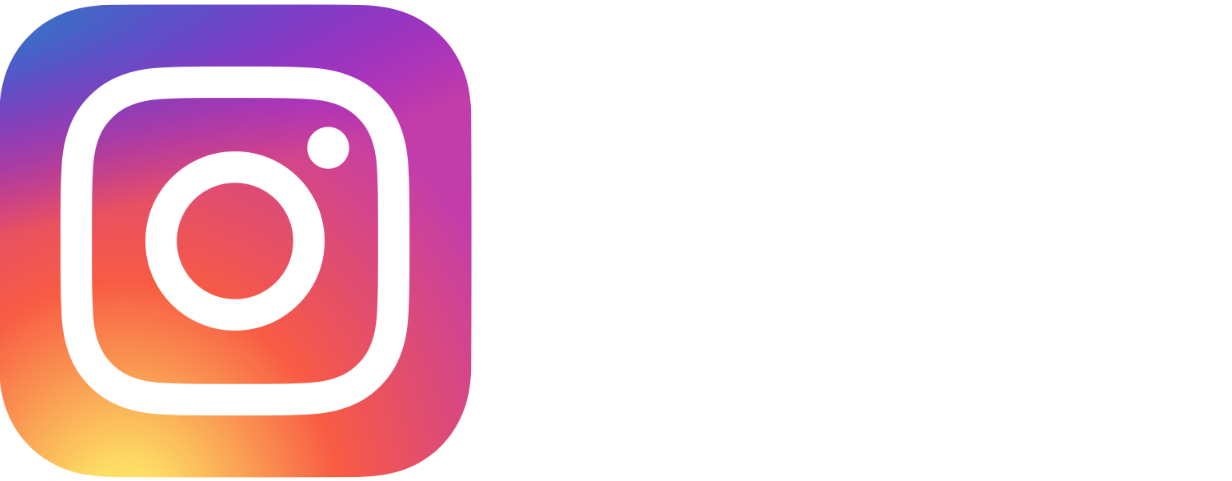A Case Report of Scurvy in Relation with Critical COVID-19 In Europe
DOI:
https://doi.org/10.60591/crspmi.23Keywords:
Malnutrition, Scurvy, Social Determinants of Health, Vitamin D DeficiencyAbstract
Scurvy is nowadays an uncommon disease. It is associated with low economic and social status. The SARS-CoV-2 pandemic induced the greatest global economic degrowth of the last 100 years. We present the case of a 63-years-old male patient who presented at the emergency unit with weight loss and cutaneous lesions, such as gingival bleeding, swan-neck hair, and perifollicular hyperkeratosis. He was malnourished in consequence of a calories- and nutrient-poor diet. His vitamin C levels were unmeasurable. The patient eventually developed critical COVID-19. All the classical findings of scurvy were present, as well as a dietary and social background suggestive of severe malnourishment, in which scurvy usually appears. In this case, the individual impact of the pandemic after effects led the patient to adopt a poor diet and develop scurvy.
Downloads
References
Porter R. The Greatest Benefit to Mankind: A Medical History of Humanity. New York City: W. W. Norton & Company; 1999.
Narayanan S, Kumar SS, Manguvo A, Friedman E. Current estimates of serum vitamin c and vitamin c deficiency in the United States. Curr Dev Nutr. 2021;51067. doi: 10.1093/cdn/nzab053_060.
Magan AM, Warsame M, Ali-Salad A-K, Toole MJ. An outbreak of scurvy in Somali refugee camps. Disasters. 1983;7:94–6. doi: 10.1111/j.1467-7717.1983.tb00801.x
International Monetary Fund. World Economic Outlook: A Long and Difficult Ascent Available from: https://www.elibrary.imf.org/view/IMF081/29296-9781513556055/29296-9781513556055/29296-9781513556055.xml?language=en
Diário da República n.º 143/2020, 1º Suplemento, Série I de 2020-07-24. Assembleia da República Portuguesa.
Instituto Nacional de Estatística. Como se refletiu a situação de confinamento na atividade das empresas? Lisboa: INE; 2021.
Fossitt DD, Kowalski TJ. Classic skin findings of scurvy. Mayo Clin Proc.2014;89:e61. doi: 10.1016/j.mayocp.2013.06.030
Hemilä H. Vitamin C and Infections. Nutrients. 2017;9:339. doi: 10.3390/nu9040339.
Krishnan S, Patel K, Desai R, Sule A, Paik P, Miller A, et al. Clinical comorbidities, characteristics, and outcomes of mechanically ventilated patients in the State of Michigan with SARS-CoV-2 pneumonia. J Clin Anesth. 2020;67:110005. doi: 10.1016/j.jclinane.2020.110005.
Milani GP, Macchi M, Guz-Mark A. Vitamin c in the treatment of covid-19. Nutrients. 2021;13:1–10.
Wijkmans RA, Talsma K. Modern scurvy. J Surg Case Rep. 2016;2016:rjv168. doi: 10.1093/jscr/rjv168.
Seifer CM, Glaser A, Gesiotto Q, Waknin R, Oller KL. Petechiae, Purpura, and a Pandemic: A Recipe for Scurvy. Cureus. 2020;12: e10960. doi: 10.7759/cureus.10960.
Watts Soares A, Falcão L, Maia M, Visconti V, Espírito Santo J, Oliveira I. Escorbuto, Deveria Deixar de Ser Uma Surpresa?Med Interna. 2021;27: 161-4. doi: 10.24950/CC/252/19/2/2020.








